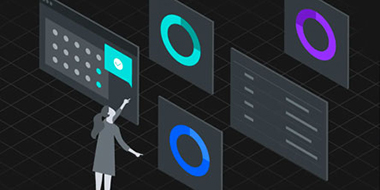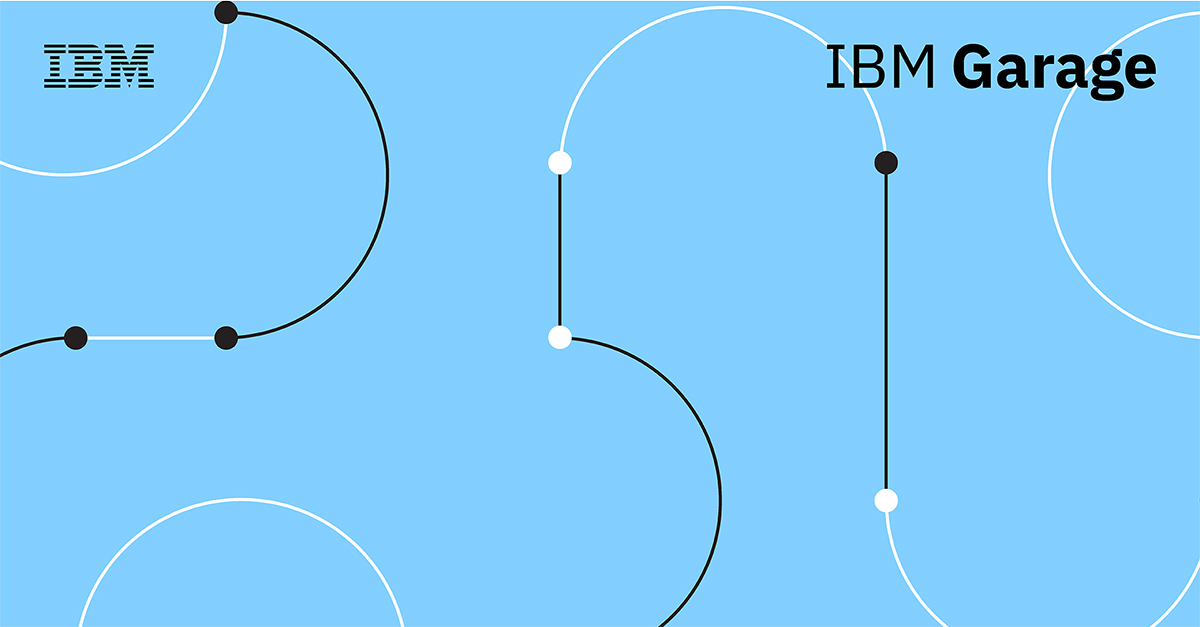About cookies on this site Our websites require some cookies to function properly (required). In addition, other cookies may be used with your consent to analyze site usage, improve the user experience and for advertising. For more information, please review your options. By visiting our website, you agree to our processing of information as described in IBM’sprivacy statement. To provide a smooth navigation, your cookie preferences will be shared across the IBM web domains listed here.
IBM Events UK - Blog
Redefine the rules. Realise transformation.
23 April, 2019 | Written by: Holly Cummins
Categorized: Cloud | IBM Events UK - Blog
Share this post:
What’s the point of architecture that can go faster, if you don’t go faster?
As the Worldwide Development Discipline Leader for the IBM Cloud Garage, I work with clients who are trying to shift their businesses to the cloud as a way to beat their competitors to market, now and in the future. Companies feel the pressure to innovate with speed and deliver applications fast; to reduce costs and be able to respond to changing market conditions nimbly; to take advantage of microservices and containers and all the things the cloud can do for their businesses. Enterprises see the speed at which startups are able to innovate and wonder, “Why can’t we move that fast?”
Adopting new technology can be the easy part (really it can!).
Quite often it’s a company’s internal business processes, designed to reduce risk, that can actually increase risk and slow down innovation, cloud native development, or modernisation of existing applications. Think of the levels of approvals and reviews that need to happen before a new application can be released, or the lengthy up-front planning and design process at the start of a new project. Traditional rules and procedures can get in the way of speed, and frankly, designing an entire project up front (when we often know the very least) leaves little to no space for teams to learn and adapt their ideas as they move through a project.
In the IBM Cloud Garage, our mission is to help clients on a guided transformation.
Transformation certainly includes adopting cloud and new technologies, or modernising existing workloads to the cloud, and we can work alongside you to reach those goals. But to get there quickly, to build new applications or update existing assets at speed, you also need to take a fresh look at how your business approaches technology projects.
Using our prescriptive IBM Garage Method for Cloud, we partner with clients like Enedis and Merlin International to take full advantage of the cloud while also exposing a new way of working. Starting with more contained, manageable projects where you can realise business benefits quickly. Shortening feedback cycles so that teams can course-correct and not lose time. You may need some new technical skills, but you also need cultural change.
When your company can address its culture, that’s when you start to see real innovation take hold. The IBM Cloud Garage can teach you new ways of working and thinking to build lasting change and long-term skills into your business.
Ready to change the way you work?
Join me on 15th May where I will present “Cloud is about Culture” at the MultiCloud Strategy Forum to hear more about the lessons learned in the IBM Cloud Garage that can help you transform with speed.

Holly Cummins
WW Development Discipline Leader - Cloud Garage IBM Cloud and Cognitive Software
More IBM Events UK - Blog stories
By Alan Hamilton on 8 April, 2021
AIOps is a Journey and a Destination
According to Gartner (Gartner and Moore), IT teams are dealing with increasing amounts of data and a wider variety of tools to monitor that data. This is resulting in greatly increased complexity in keeping the system in a good operational state, and can cause “significant delays in identifying and solving issues”. “IT operations are challenged […]
By Sabine Vanderlinden and Holly Cummins on 1 April, 2021
Scaling your enterprise innovation with start-up speed
Practical strategies to accelerate the delivery of your future growth initiatives A collaborative chat between Sabine VanderLinden – CEO & Managing Director – Alchemy Crew and Holly Cummins – STSM Innovation Leader – IBM Garage We do not have a choice. Our world must become comfortable living with a heightened level of uncertainty. Learning from […]
By Zeeshan Ahmed on 9 October, 2020
CBM4Cloud Workshops
CBM4Cloud Workshops Since the turn of the year, alongside my usual job responsibilities, I have found myself running Component Business Model for Cloud (CBM4Cloud) workshops with our Public Sector clients. For those who are not aware, a CBM4Cloud workshop is a method that IBM uses (with or without a client) to understand the client landscape […]





























